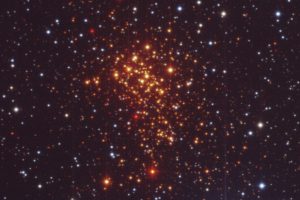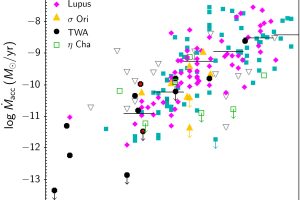Young stars in massive star-forming regions. The results of the “Chandra Cygnus OB2 Legacy Survey” recently published

Today in the Milky Way, star formation typically occurs in low-mass environments. Young star clusters (e.g., younger than 10 million years), in fact, typically have a mass of a few hundred solar masses. Nevertheless, our Galaxy hosts a few very massive star-forming regions that can produce tens to hundreds of thousands of stars, including some of the most massive stars
» Read more



